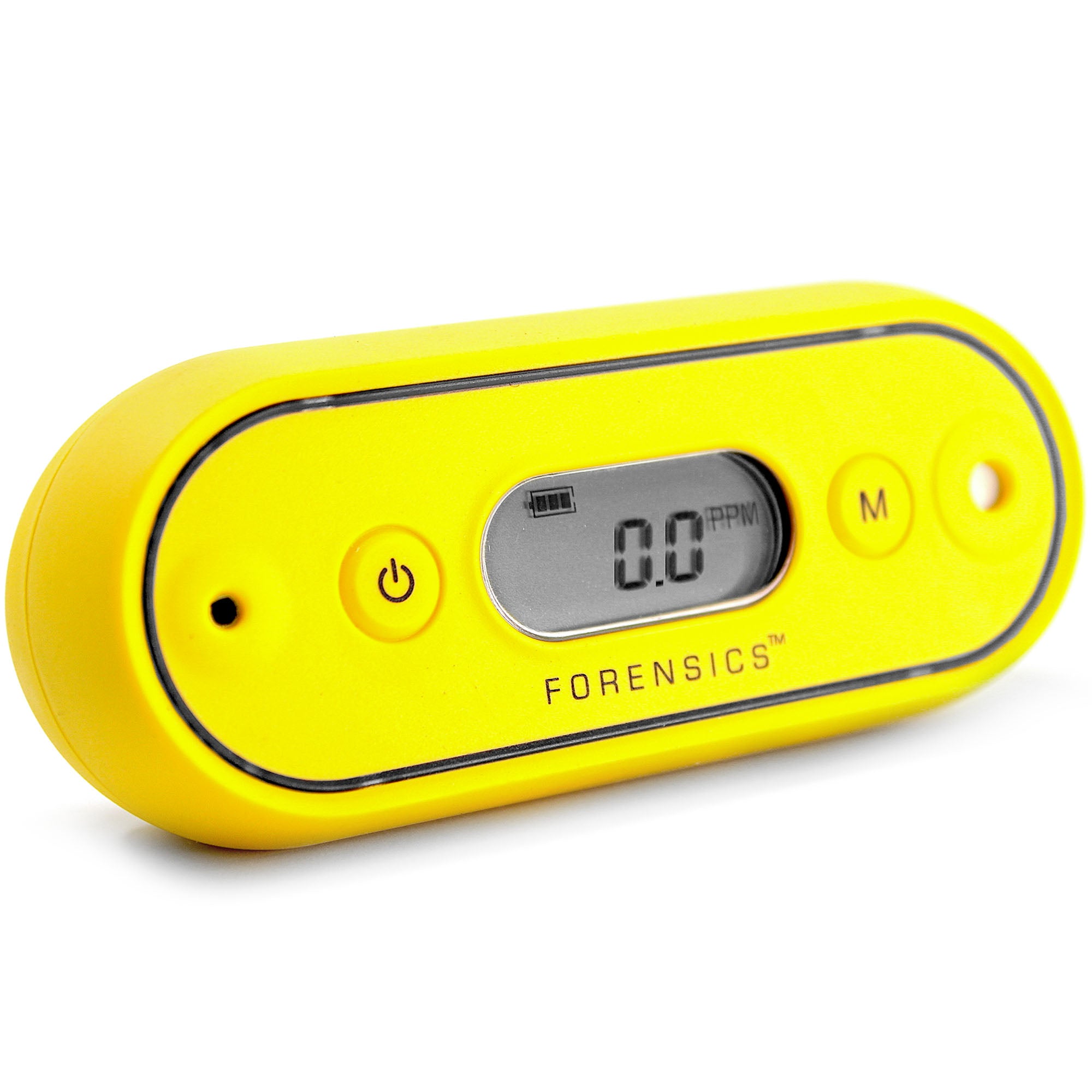Zero. The sensors aren’t capable of delivering that level of accuracy, so that level of precision is meaningless.
Besides, because of that lack of accuracy, the sensors won’t actually alarm until they detect at least 3 or so parts per million. If it’s 3.0 or 3.1 or 3.2, are you willing to breathe one over the other? No: if the sensor alarms at all, you need to not breathe the tank.
These really are pass/fail sensors. As long as it alarms at a sufficiently low number, which is low single digits, that’s all you really care about.
And that’s the problem with a lot of the cheap CO detectors on Amazon. Most of them won’t alarm until you are well into the double digits. For atmospheric pressure gas, that’s plenty low. But with the multiplicative effect of breathing under pressure like we do with Scuba, those numbers are way too high.
which doesn’t mean that buying that sensor is a problem: there are plenty of other reasons why someone might select that sensor. But precision should not be one of them. Like I said, that level of precision is literally meaningless.
ETA: by the way, all of what I just said above is exactly the same for oxygen sensors. We have oxygen sensors that give us 0.1% read out, but those read outs are just as meaningless. The biggest reason we use those tenths of percent is to make it clear that we are dealing with a measured value, and not an ideal or target value. If someone writes “32%“ on a tank, are they telling us that tank has 32% or they wanted 32%? But when someone writes “31.7%“ or even “32.0%“, we know that they are specifying a measured value.

www.forensicsdetectors.com



